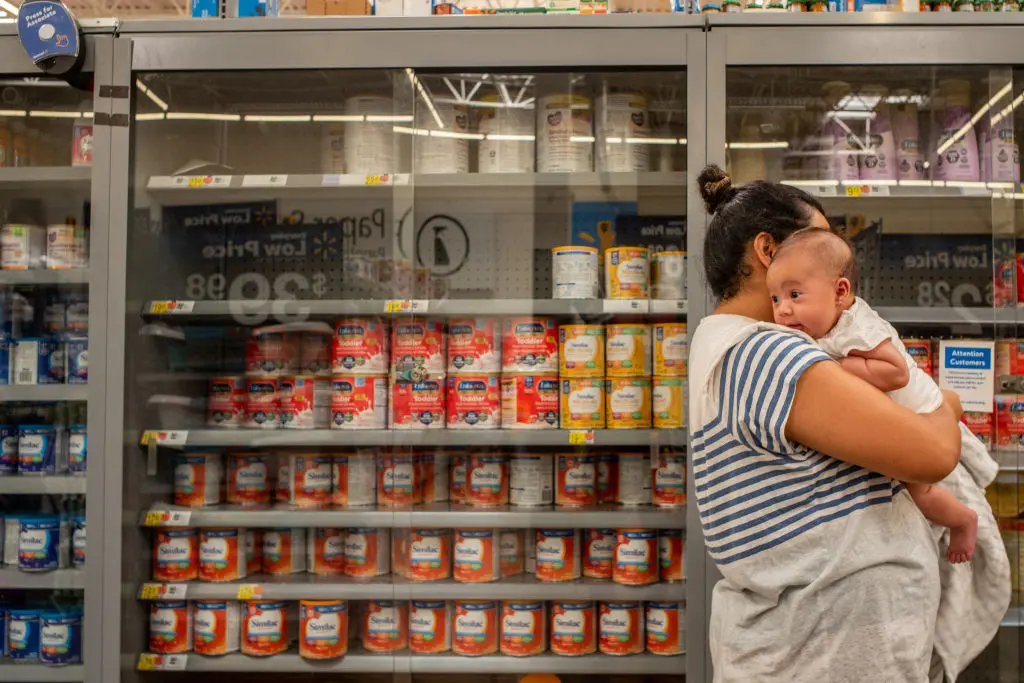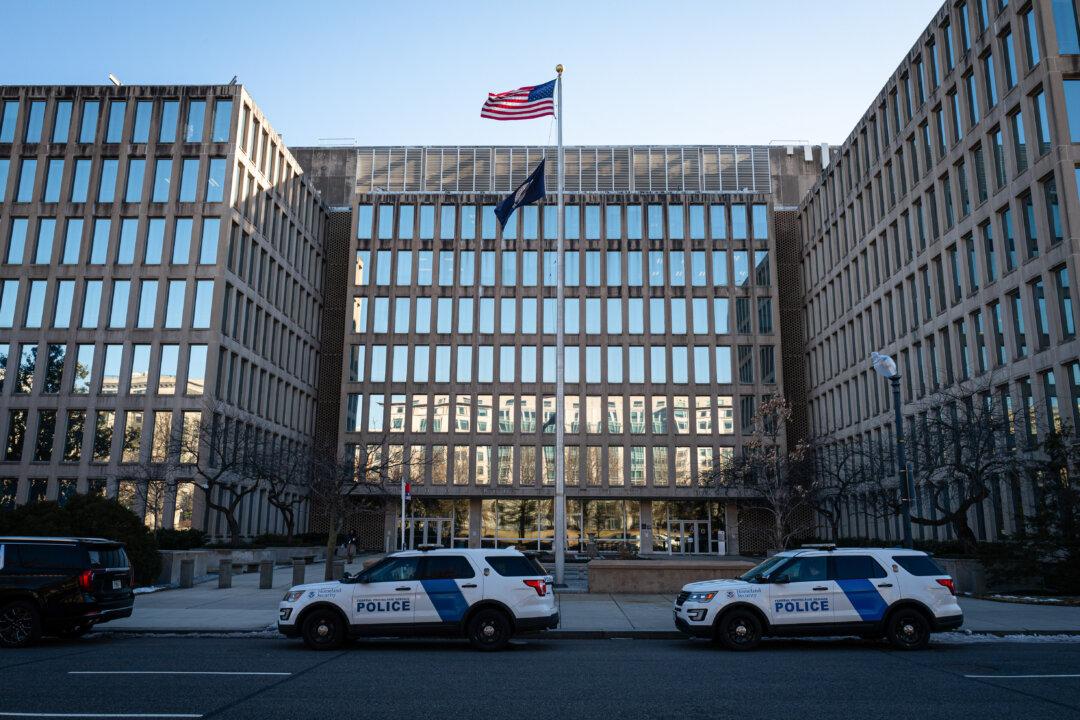Housing affordability in the United States declined in May, falling to its lowest level in 16 years, according to the National Association of Realtors (NAR).
NAR’s Housing Affordability Index was recorded at 102.5 in May, down from 108.1 in April and 148.2 in May 2021, data from the organization show (pdf). This is the lowest level since July 2006, when the index had fallen to 100.5.





